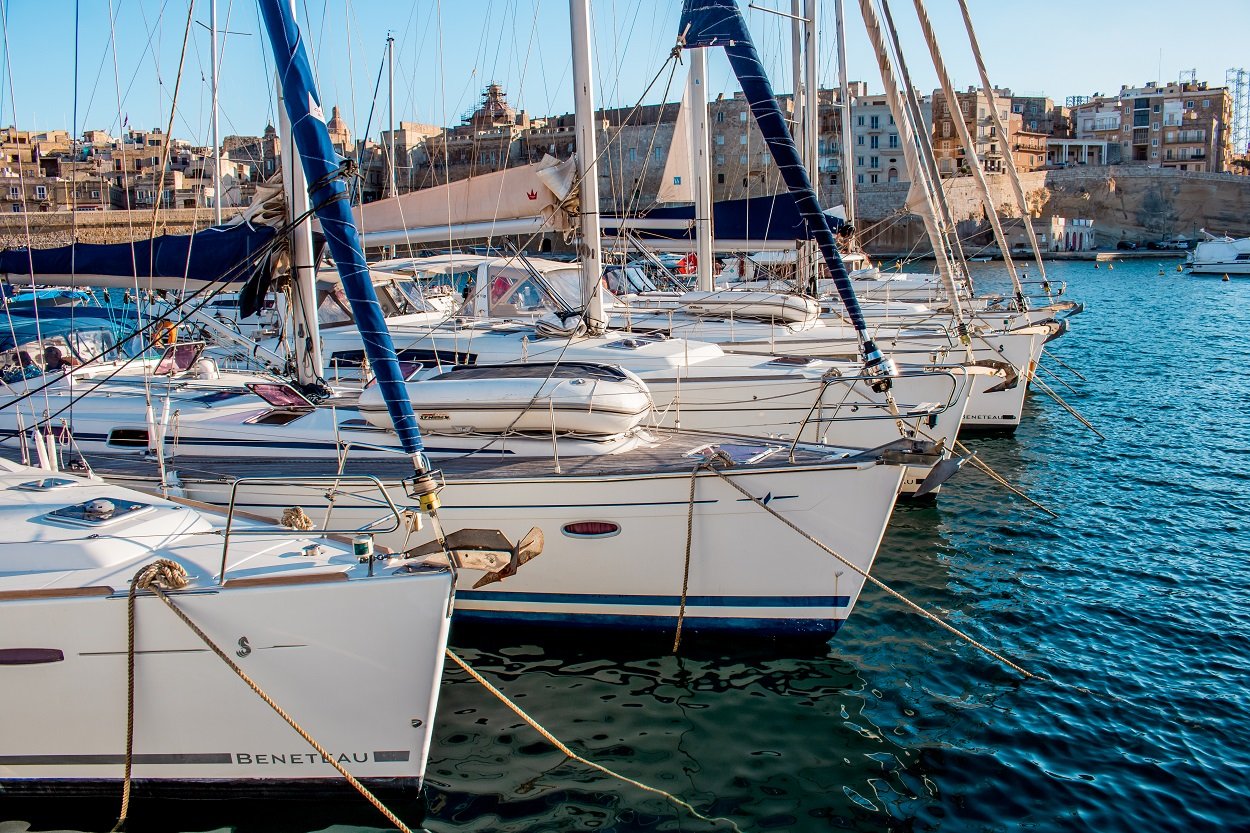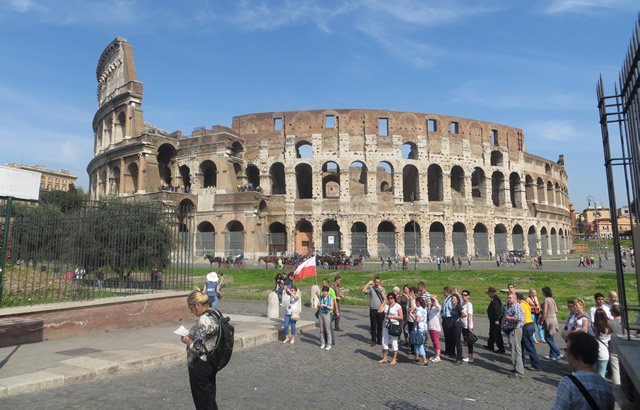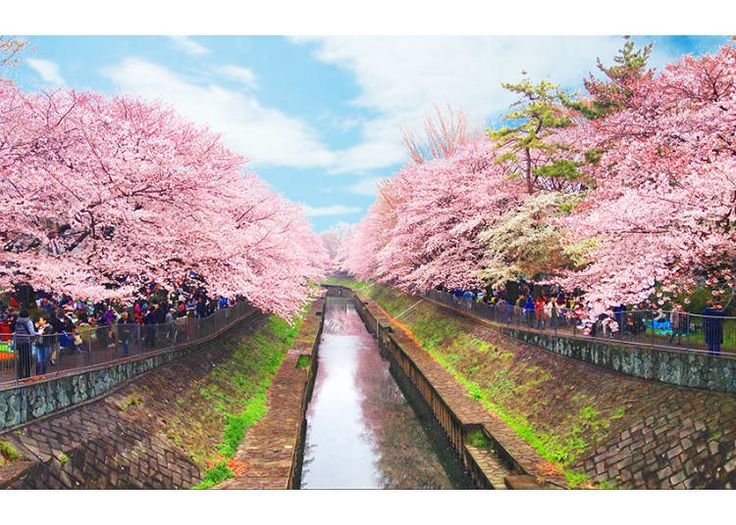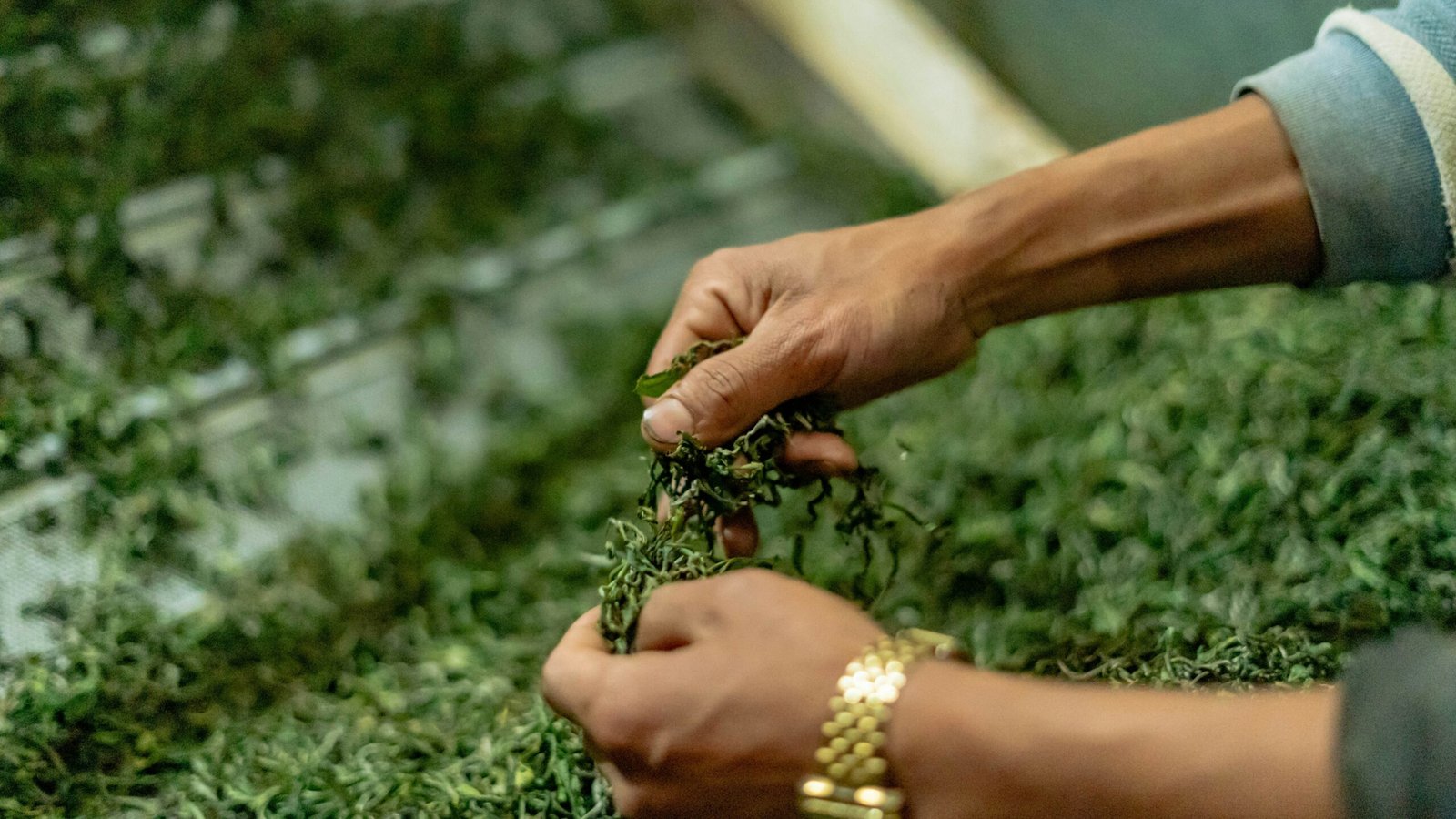Introduction to Marrakech’s Street Markets
Marrakech, a city steeped in rich history and culture, is famously known for its vibrant street markets, or souks, which are deeply intertwined with the local way of life. These bustling marketplaces offer a sensory feast, filled with an array of colors, sounds, and scents that tempt visitors at every turn. The souks of Marrakech are not merely places to shop; they serve as cultural hubs where tradition meets commerce, reflecting the city’s storied past and present.
The souks present a dazzling variety of goods, ranging from intricately woven rugs and artisanal pottery to fragrant spices and handmade jewelry. Each stall is a testament to the craftsmanship of local artisans, who often spend years perfecting their trades. As visitors wander through the narrow, winding pathways, they will encounter a diverse selection of products, each echoing the heritage of Moroccan craftsmanship. These markets provide a unique opportunity for travelers to engage directly with local vendors, fostering connections that go beyond a mere transactional experience.
The atmosphere within the souks is both exhilarating and overwhelming. The lively banter of merchants haggling with customers, the enticing aromas of traditional food, and the melodies of street musicians create an enchanting backdrop for exploration. However, navigating these winding labyrinths can also be challenging for newcomers. The maze-like structure of the souks can easily disorient even the most experienced travelers, leading to moments of uncertainty about directions and surroundings. It is this juxtaposition of vibrancy and complexity that makes Marrakech’s street markets an essential destination for any visitor, providing an experience that is rich in both cultural insight and personal adventure.
Understanding the Layout of the Souks
Marrakech’s souks, or traditional markets, form a labyrinthine network that can be overwhelming for first-time visitors. Comprising various interconnected pathways, these markets are divided into distinct sections, each designated for different types of goods, facilitating a unique shopping experience. Understanding the layout is essential for effective navigation and to fully appreciate the diverse offerings.
The souks are generally organized around major thoroughfares that serve as primary navigational routes. The broader pathways often lead to more specialized sections, such as textiles, spices, and artisan areas. For instance, visitors may enter the souks through the bustling Souk Semmarine, known as the main thoroughfare where many tourists first begin their exploration. From here, one can branch out into smaller alleys that stem from this central hub, each dedicated to specific goods.
The textile souk is a vibrant area showcasing an array of colorful fabrics, carpets, and traditional Moroccan clothing. Stalls are lined with textiles, from silks to cottons, often displayed in a manner that invites tourists to touch and explore. Similarly, the spice souk is characterized by the rich aromas of various spices and herbs, where vendors proudly present their colorful displays. This section not only offers a sensory experience but an educational component about local cuisine and cultural practices surrounding food preparation.
Additionally, the artisan section of the souks highlights the craftsmanship of local artisans, with items such as pottery, metalwork, and leather goods on display. Each area, while distinct, contributes to the overall tapestry of the souk experience. Familiarity with these sections and their layouts allows visitors to navigate more effectively, ensuring they don’t miss out on particular interests. Understanding the organizational structure of the souks enhances the visitor’s experience by providing a sense of direction amidst the captivating chaos.
Essential Items to Bring for Your Souk Adventure
Exploring the bustling street markets, or souks, of Marrakech can be an exhilarating experience, but being well-prepared is key to ensuring an enjoyable journey. Visitors should consider equipping themselves with several essential items that will enhance their adventure through the colorful labyrinths of the city’s vibrant marketplaces.
First and foremost, a comfortable pair of shoes is non-negotiable. The narrow pathways of the souks are often uneven and crowded, so wearing footwear that provides adequate support and comfort can significantly improve mobility and reduce fatigue. Opting for sandals or sneakers made of breathable materials will allow you to navigate the winding alleys with ease.
Staying hydrated is crucial during your exploration. Carrying a refillable water bottle is not only environmentally friendly, but it also ensures that you have easy access to water, especially in the warm climate of Marrakech. Many local shops offer fresh juices and bottled water, so finding a spot to refill is generally convenient.
A small notebook can prove to be invaluable. It provides a space to jot down notes about interesting items, vendors, or prices, which can serve as a helpful reference later. Additionally, it gives you an opportunity to engage with locals by practicing your language skills, thereby enriching your cultural experience.
Furthermore, a portable charger is essential, considering the amount of time visitors may spend navigating through the souks. Keeping your phone charged allows you to use navigation apps, translate conversations, or simply capture the vibrant scenes with your camera without the fear of running out of power.
Lastly, familiarize yourself with local currencies and prepare for bartering. Understanding the Moroccan Dirham and having a mix of notes and coins can alleviate stress when making purchases. Engaging in the bartering process is not only customary but also adds an exciting dimension to shopping in the souks, so approach it with confidence and an open mind.
Tips for Sticking to Landmarks and Signs
Navigating the vibrant street markets of Marrakech can be both an exhilarating and daunting experience, particularly for first-time visitors. To enhance your navigation skills and minimize the risk of losing your way, utilizing landmarks and signs is paramount. These features not only serve as crucial reference points but also enrich your exploration of the cultural tapestry woven throughout the market.
First and foremost, observe the prominent landmarks within the area. Mosques, in particular, are often towering and easily recognizable structures. The Koutoubia Mosque, with its iconic minaret, is a notable reference point that is visible from various locations around the city. Using such prominent buildings as a guide can help you reorient yourself as you navigate the bustling lanes.
Additionally, be attentive to distinct signs or markers. Many street vendors and shops use colorful awnings or unique decorations that make their stalls stand out. Memorizing the layout of your surroundings and identifying key eateries or shops can greatly assist in establishing a mental map of the area. For instance, if a particular eatery catches your eye, make a note of its surroundings; this will help you retrace your steps later.
Using directional cues like the placement of larger stalls or clusters of vendors can also guide your navigation. The diversity of the market means that larger stalls often serve as focal points, making them effective navigational aids. When planning your route, try to remember which stalls are positioned near each other, thus creating a mental grid of the marketplace layout.
Finally, consider using visual aids, such as taking photographs of landmarks or jotting down simple notes on your phone. With these strategies, you can enhance your ability to navigate the lively markets of Marrakech confidently, reducing the likelihood of disorientation and enriching your overall experience.
The Art of Bartering: Communication Strategies
Bartering is an essential aspect of the shopping experience in Marrakech’s vibrant souks. Engaging in this age-old practice not only enhances your purchasing power but also allows you to connect with local vendors on a deeper level. To navigate this cultural phenomenon successfully, it is crucial to adopt effective communication strategies that foster rapport and facilitate negotiations.
When approaching a vendor, a friendly demeanor is vital. Greeting them with a smile and a traditional “salam alaykum” (peace be upon you) establishes a respectful tone. Building a relationship with the seller can enhance your bargaining experience, as many vendors appreciate customers who take an interest in their products and stories. Ask about the craftsmanship or the history of the items, which not only shows genuine curiosity but also provides an opportunity for conversation, making it easier to negotiate a better price.
Additionally, employing basic Arabic phrases can significantly aid your communication. Familiarizing yourself with simple terms such as “beshwi” (more) or “khllini” (leave me) can be helpful as these phrases encourage engagement and demonstrate your appreciation for the local culture. Polite expressions like “shukran” (thank you) after any interaction foster goodwill and appreciation, strategies that can be beneficial when settling on a price.
During the bartering process, remain calm and confident. Offering a price that is lower than the seller’s initial asking price is common, but it is essential to show willingness to negotiate. Be mindful of cultural nuances; it is acceptable to decline an offer politely and make a counter-proposal. Ultimately, the key to successful bartering lies in communication, patience, and understanding, ensuring an enjoyable shopping journey in Marrakech’s souks.
Staying Safe While Exploring the Markets
While the vibrant street markets of Marrakech offer an array of unique goods and cultural experiences, one must prioritize safety to ensure an enjoyable visit. The bustling atmosphere can easily lead to potential hazards if one is not vigilant. Thus, being aware of your surroundings is crucial. It is advisable to frequently scan your environment, noting both people and objects, as this practice helps in identifying unusual behavior that could signal potential risks.
A key aspect of personal safety is securing your belongings. When navigating through crowded areas, it is beneficial to keep valuables such as wallets and phones in a secure, closed bag or money belt. Cross-body bags are particularly effective, as they allow for easy access while remaining closely guarded. Additionally, consider minimizing the cash you carry to only what you deem necessary for the day, which can deter opportunistic theft.
Recognizing reputable vendors is another critical element of staying safe in Marrakech’s markets. Not all sellers operate with integrity; some may use persuasive tactics to lure unsuspecting tourists into scams. To identify trusted vendors, look for those who have established a positive rapport with customers, evidenced by recommendations from other travelers or local residents. It is wise to engage with multiple vendors before making purchases; this not only ensures competitive pricing but also allows you to gauge their credibility through consistent practices.
Lastly, having an exit strategy can fortify your safety when exploring the markets. Familiarize yourself with notable landmarks and routes that lead back to your entry point. Should you begin to feel disoriented, retracing your steps toward these landmarks will aid in maintaining a sense of direction. By adhering to these safety tips, you can enjoy the magical experience of Marrakech’s markets while safeguarding your well-being.
Using Technology to Your Advantage
In the contemporary travel landscape, leveraging technology becomes indispensable, particularly in navigating bustling street markets such as those found in Marrakech. One of the most effective tools at your disposal is digital mapping applications. Platforms like Google Maps or Maps.me provide detailed layouts of the city, including the intricate pathways of the souks. These applications not only allow you to research routes in advance but also facilitate real-time navigation, which is particularly valuable given the maze-like structure of Marrakech’s markets.
Additionally, it is worth considering the use of translation applications to bridge the language gap often encountered in street markets. Apps like Google Translate can enhance your interaction with local vendors, enabling you to inquire about prices, products, and cultural practices seamlessly. These tools can significantly enrich your experience, allowing for more authentic exchanges and deeper understanding of the local commerce.
However, one must stay cognizant of potential connectivity issues that may arise in certain areas of Marrakech. To counteract this, it is prudent to download offline maps prior to your visit. Programs such as Google Maps allow users to save a specific area for offline use. This ensures that even in the absence of internet access, you will be equipped to navigate the souks without undue stress. Simply search for the desired location in your mapping app, select the option to download it offline, and your digital guide will be ready whenever you need it.
Ultimately, the combination of mapping and translation technology can empower travelers to explore the vibrant markets of Marrakech confidently. By utilizing these digital resources, one can enhance their travel experience, ensuring they make the most out of every moment spent in these enchanting souks.
Engaging with the Local Community
One of the most enriching aspects of visiting the street markets in Marrakech is the opportunity to engage with the local community. Interactions with artisans and shopkeepers not only enhance your market experience but also provide a deep dive into the culture and craftsmanship that is integral to Moroccan life. The artisans who populate these vibrant markets are often passionate about their work, and their expertise is evident in the handcrafted goods on display.
By taking the time to converse with local shopkeepers, visitors can gain insights into traditional techniques that have been passed down through generations. For instance, a conversation with a rug maker may reveal the intricate processes involved in crafting a handmade Berber rug, revealing the significance of patterns and colors that tell a story. Similarly, discussing the origins of spices with a vendor can inform you about their uses in Moroccan cuisine, allowing you to appreciate the subtle nuances of flavor and aroma that define the region.
Engaging with locals extends beyond learning about their crafts; it also fosters a sense of connection. Many artisans are keen to share their cultural heritage, offering anecdotes and local lore that add context to your surroundings. This exchange not only enriches your understanding but often leads to meaningful relationships, as many shopkeepers welcome repeat visitors warmly, treating them like friends rather than mere customers.
Additionally, fostering relationships in the market can lead to favorable deals and unique opportunities, such as personalized items tailored to your specific tastes. By investing time and effort in these interactions, you will find that your time spent navigating the bustling streets of Marrakech becomes far more than just a shopping trip; it transforms into a cultural exploration and exchange, deepening your appreciation for the local community and its traditions.
Conclusion: Embrace the Adventure
As you navigate the vibrant street markets in Marrakech, it is essential to recognize that the journey itself is just as important as the destination. While the labyrinthine pathways of the souks can initially seem daunting, getting lost can often become the precursor to delightful surprises and enriching experiences. Each twist and turn may unveil a unique artisan’s shop, a hidden café, or a charming local vendor, providing you with an authentic glimpse into the city’s culture and craftsmanship.
Embracing the adventure of exploring these bustling markets can transform a mere shopping trip into a memorable exploration of Marrakech’s rich history and artistic heritage. The souks are not simply places to purchase goods; they are vibrant communal spaces filled with color, aroma, and the sounds of everyday life. Such environments invite you to engage with local craftsmen, learn about their methods, and perhaps even participate in the barter of a prized possession, making your visit a lesson in cultural exchange.
Furthermore, it is important to maintain an open mind while wandering through these markets. Allow yourself the freedom to stray from your planned route; these spontaneous decisions may lead you to discover hidden gems that are not found in guidebooks. Each experience, whether it is stumbling upon a local festival or enjoying an impromptu interaction with a friendly merchant, adds to the richness of your journey.
Therefore, as you prepare to explore the bustling streets and vibrant souks of Marrakech, do so with the understanding that every moment spent navigating this enchanting city contributes to your overall adventure. Allow the experience to unfold naturally, as the unexpected discoveries are often the most cherished memories of your travels.







